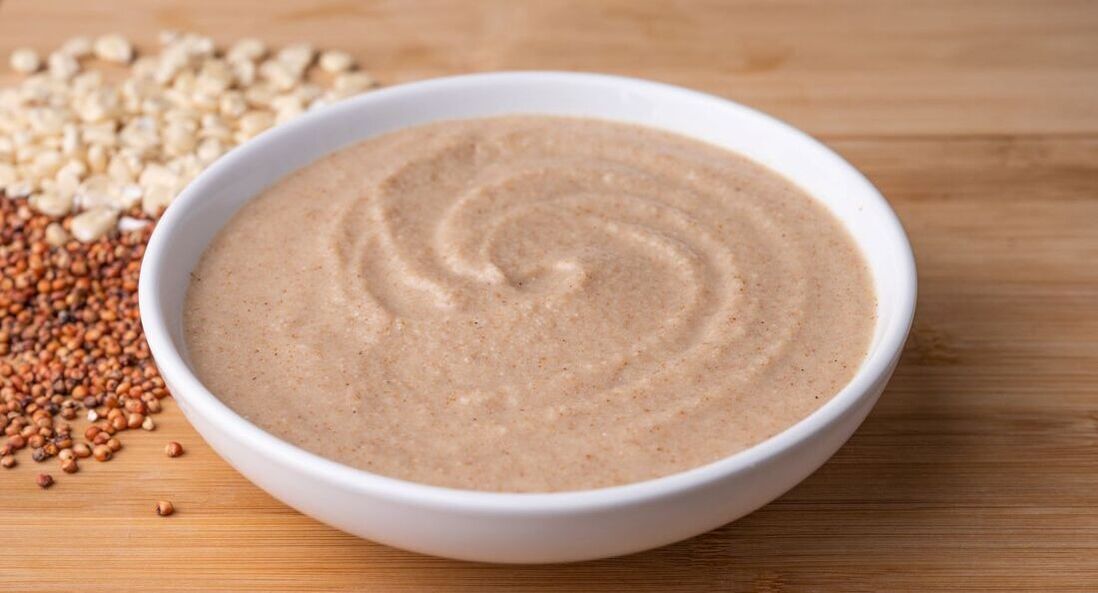In today’s ever-evolving food industry, the challenge of providing nutritious and convenient products to consumers is of utmost importance. One innovative solution that has gained significant attention is the process of extrusion. Twin-screw extrusion processing, a versatile and efficient technique, not only improves the texture and flavor of food products but also plays a pivotal role in enhancing their nutritional value. With the potential to address food security issues, particularly in regions like Africa, fortified extruded products offer a promising solution. This article explores the power of twin-screw extrusion, its impact on fortification, and its potential to contribute to food security.
What is extrusion?
Extrusion processing is a technique widely used in the food industry to transform raw ingredients into various food products with desirable textures and shapes. It involves applying heat, pressure, and mechanical force to a mixture of ingredients, typically in a dough-like form, passing through an extruder. The twin-screw extruder consists of a barrel with two rotating screws that pushes the material forward, generating shear and compressive forces. This process allows for the creation of a multitude of food products with varying textures, colors, and nutritional profiles.
The advantages of twin-screw extrusion processing
Twin-screw extrusion processing offers several advantages when it comes to fortifying food products and addressing nutritional deficiencies:
Nutrient preservation
Traditional food processing methods, such as canning, frying, and baking, often lead to nutrient losses due to high heat and extended processing times. However, twin-screw extrusion processing minimizes nutrient losses by applying high temperatures for relatively short durations. Heat-sensitive vitamins, such as vitamin C and B vitamins, can be preserved more effectively compared to traditional methods. Additionally, twin-screw extrusion can help retain minerals, fiber, and certain phytochemicals present in the ingredients.
Enhanced protein quality
Proteins are essential macronutrients with numerous health benefits. Twin-screw extrusion processing can enhance protein quality and functionality. By adjusting the extrusion process parameters, such as barrel temperature, screw speed, and feed moisture content, manufacturers can improve protein digestibility, reduce anti-nutritional factors, and enhance protein solubility. This makes the proteins more bioavailable and easily absorbed by the body.
Modification of starches
Starches are a significant source of carbohydrates in many food products. Through twin-screw extrusion processing, the structure and properties of starches can be modified, leading to enhanced digestibility and glycemic response. This can be particularly beneficial for individuals with specific dietary needs, such as those with diabetes or those seeking sustained energy release.
Increased dietary fiber content
Dietary fiber plays a vital role in digestive health and offers numerous health benefits. Twin-screw extrusion processing can incorporate dietary fiber-rich ingredients into food products, increasing their fiber content. By doing so, extruded foods can contribute to daily fiber intake and support a healthy digestive system.
Fortification and enrichment
Twin-screw extrusion processing presents opportunities for fortification and enrichment of food products. Nutrients such as vitamins, minerals, and functional ingredients can be added during twin-screw extrusion, ensuring uniform distribution and enhancing the nutritional profile of the final product. This allows manufacturers to create fortified foods that address specific nutrient deficiencies or cater to the needs of specific consumer groups.
Extrusion processing is a technique widely used in the food industry to transform raw ingredients into various food products with desirable textures and shapes. It involves applying heat, pressure, and mechanical force to a mixture of ingredients, typically in a dough-like form, passing through an extruder. The twin-screw extruder consists of a barrel with two rotating screws that pushes the material forward, generating shear and compressive forces. This process allows for the creation of a multitude of food products with varying textures, colors, and nutritional profiles.
The advantages of twin-screw extrusion processing
Twin-screw extrusion processing offers several advantages when it comes to fortifying food products and addressing nutritional deficiencies:
Nutrient preservation
Traditional food processing methods, such as canning, frying, and baking, often lead to nutrient losses due to high heat and extended processing times. However, twin-screw extrusion processing minimizes nutrient losses by applying high temperatures for relatively short durations. Heat-sensitive vitamins, such as vitamin C and B vitamins, can be preserved more effectively compared to traditional methods. Additionally, twin-screw extrusion can help retain minerals, fiber, and certain phytochemicals present in the ingredients.
Enhanced protein quality
Proteins are essential macronutrients with numerous health benefits. Twin-screw extrusion processing can enhance protein quality and functionality. By adjusting the extrusion process parameters, such as barrel temperature, screw speed, and feed moisture content, manufacturers can improve protein digestibility, reduce anti-nutritional factors, and enhance protein solubility. This makes the proteins more bioavailable and easily absorbed by the body.
Modification of starches
Starches are a significant source of carbohydrates in many food products. Through twin-screw extrusion processing, the structure and properties of starches can be modified, leading to enhanced digestibility and glycemic response. This can be particularly beneficial for individuals with specific dietary needs, such as those with diabetes or those seeking sustained energy release.
Increased dietary fiber content
Dietary fiber plays a vital role in digestive health and offers numerous health benefits. Twin-screw extrusion processing can incorporate dietary fiber-rich ingredients into food products, increasing their fiber content. By doing so, extruded foods can contribute to daily fiber intake and support a healthy digestive system.
Fortification and enrichment
Twin-screw extrusion processing presents opportunities for fortification and enrichment of food products. Nutrients such as vitamins, minerals, and functional ingredients can be added during twin-screw extrusion, ensuring uniform distribution and enhancing the nutritional profile of the final product. This allows manufacturers to create fortified foods that address specific nutrient deficiencies or cater to the needs of specific consumer groups.

